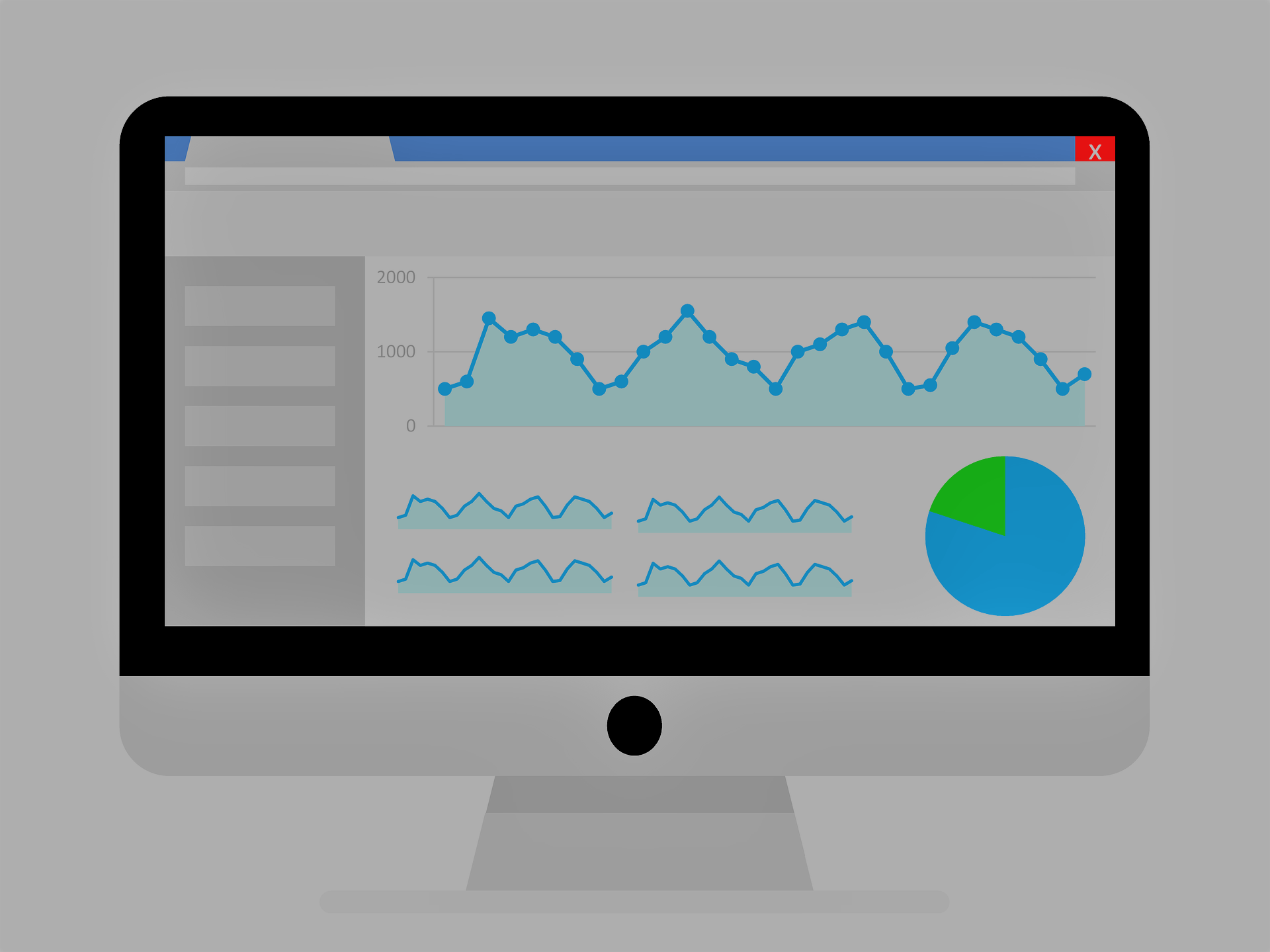


The digital marketing ecosystem has evolved at an incredible pace over the last few years. One of the most significant changes has been the shift away from last-click attribution as the default model for measuring campaign success. As advertisers continue to rely on data-driven models, the last-click attribution model is becoming increasingly irrelevant. In this article, we will explore the reasons behind the decline of last-click attribution and why data-driven models are changing the game.
Why LCA Doesn’t Paint the Complete Picture
For many years, last-click attribution has been the gold standard for measuring the effectiveness of digital marketing campaigns. This model is simple and straightforward: credit is given to the last click that led to a conversion, whether that be a sale or another desired action, such as a purchase, form fill or phone call. This model works well for simple campaigns, where the conversion path is relatively straightforward and there are only a few touchpoints.
However, as the digital landscape has grown more complex, advertisers have begun to realize that last-click attribution doesn’t tell the whole story. Firstly, it ignores all touchpoints except for the last one. This means that it’s impossible to see the impact of earlier touchpoints on the final conversion. Secondly, last-click attribution assumes that all touchpoints are equal in value, which is rarely the case. Some touchpoints, such as a branded search may have a much greater impact on the final conversion than others. Finally, last-click attribution doesn’t consider the fact that consumers are using multiple devices to interact with brands. For example, a consumer might see an ad on their phone, visit the website on their desktop computer, and then make a purchase in-store. In this scenario, last-click attribution would only credit the in-store purchase, completely ignoring the earlier touchpoints that influenced the sale.
The Rise of Data-Driven Models
One of the most popular data-driven models for attribution is multi-touch attribution (MTA). MTA distributes credit across all touchpoints leading to a conversion, giving each touchpoint a share of the credit for the conversion. This model takes into account all the interactions a user has had with a brand before making a purchase, including clicks, views, and engagements across different channels.
Another data-driven model is algorithmic attribution, which uses machine learning algorithms to assign credit to touchpoints based on their impact on the customer journey. These algorithms can identify patterns in the data and predict the likelihood of a touchpoint leading to a conversion. As a result, algorithmic attribution can provide a more accurate and efficient way of attributing credit to touchpoints.
The Benefits of Data-Driven Models over Last Click Attribution
Data-driven models offer multiple benefits over last-click attribution:
Let us also look at few Challenges of Data-Driven Models
The Future of Attribution
The end of last-click attribution is imminent, as data-driven models become more prevalent and essential in today’s digital marketing landscape. Brands that adopt data-driven models can gain a better understanding of their customers and optimize their marketing strategies to drive more conversions and revenue.
However, the transition to data-driven models requires significant investment in technology and expertise, and brands need to develop a robust data strategy to ensure they collect and integrate data effectively. They also need to prioritize data privacy and security to ensure they comply with regulatory requirements.
Case Study – How Data Driven Attribution Model helped a leading bank to scale the number of acquisitions and reduce the cost of acquisition for their Digital Savings Account product
